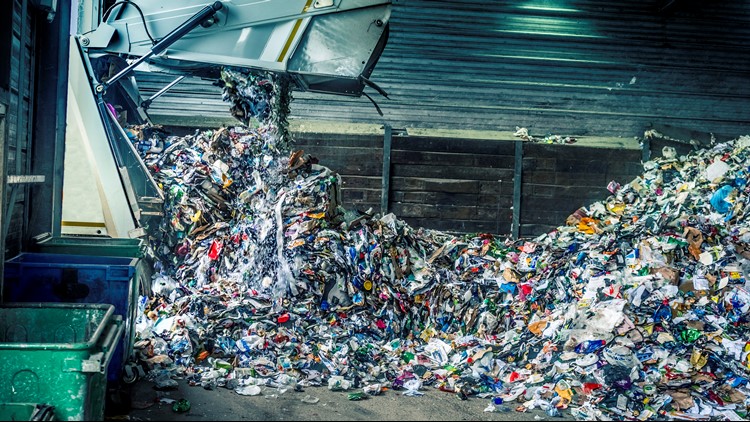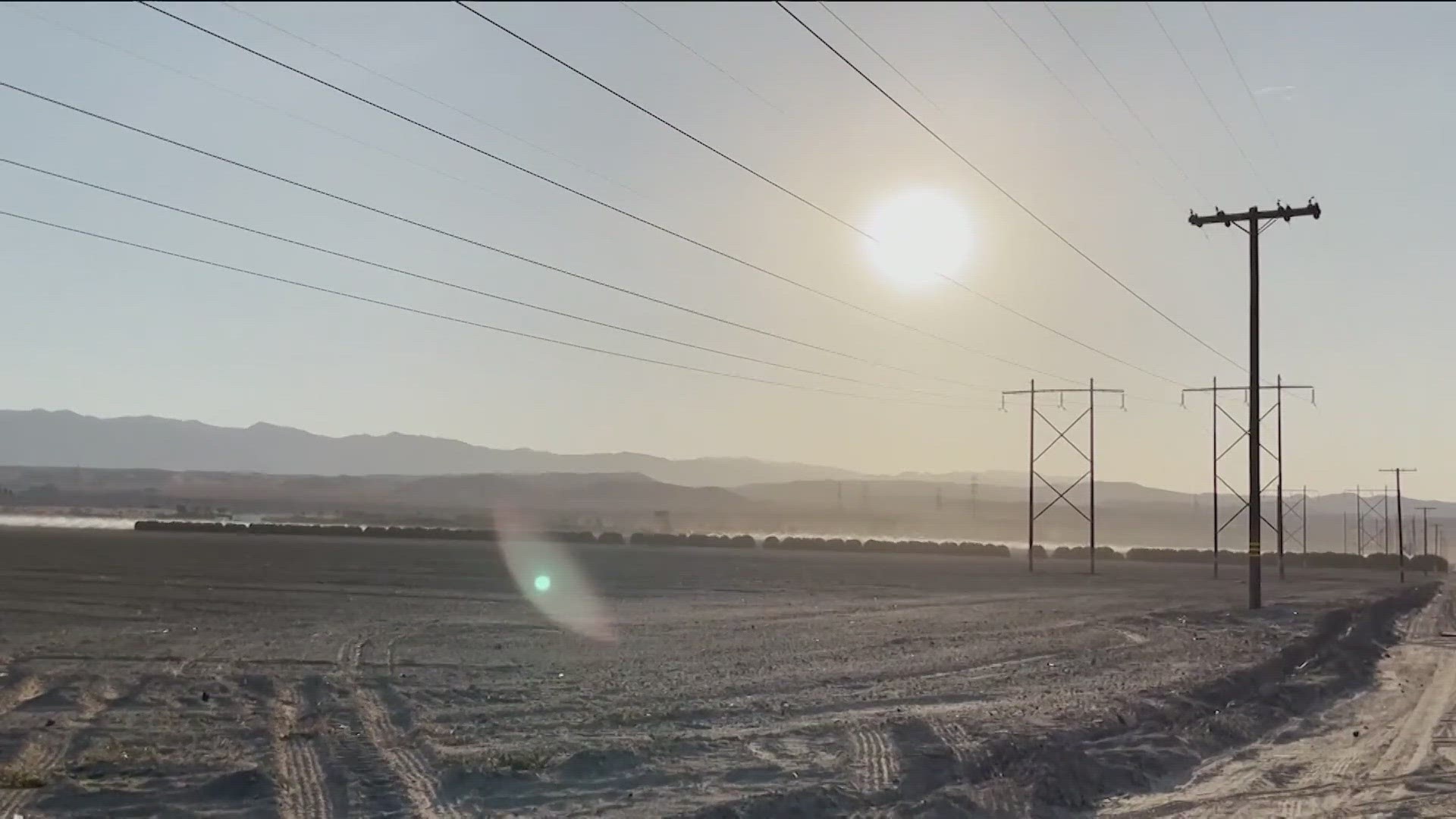The U.S. used to send approximately seven million tons of recyclable plastic trash to China every year.
No more.
China is no longer accepting our bulk recycling. The country passed the National Sword policy in 2017 banning plastic waste from being imported. It took effect in January of 2018, and is meant to protect the people and the environment of China.
“China was roughly 50% of the global demand for fiber and plastics and when they essentially stopped importing plastics and fiber it left an excess of supply globally,” says Bill Keegan, President of Dem-Con Companies out of Shakopee.
So now what? Well, for the last year things have been piling up. And, by that, we mean America's recycling material. There’s an abundance of it across the country and the recycling industry doesn’t have the current capability to process it all. Much of that recyclable material is ending up in landfills instead, and some communities are even putting their recycling programs on hold.
That’s not happening here in Minnesota... at least, not yet.
“What we’re seeing is probably a two to five-year market disruption, where we have a lot of excess supply, which not only makes it difficult to find markets for material, but also decreases the commodity pricing quite a bit,” says Keegan.
Keegan says the U.S. recycling industry needs time to evolve. Facilities have to either be retooled or built new to process America's recycling domestically instead of exporting it to other countries. And collectors have to be able to cut down on contamination.
Americans have gotten good at recycling... at least the idea of it. But as single sort recycling continues to grow, so does the amount of trash (non-recyclable material) that ends up in our collection bins. Not everything can be put in your curbside bin.
“They go to the curb and they want to recycle something, they don’t know if it should go into the garbage or the recycling bin, and they say I’ll put it in the recycling bin and they’ll figure it out," says Bill Keegan. "And what’s actually happening, is that’s causing more harm than good, because that contaminates the other recyclables, so our mantra really is when in doubt, throw it out.”
In order to recycle something there has to be a market for it, and not all recyclables have a good market. That means we have to choose the items that can be turned into something else and leave out the stuff that doesn’t. Minnesota has strong end market producers, boasting some 18,000 jobs and over 200 companies that make recycled products or products out of those recycled products.
“We really all need to work together to make that system work and maintain its viability and I think we’ll have a successful recycling industry in the future if we can kind of get back to the basics and put the right thing in the bin,” says Keegan.
In other words. It’s up to both consumers and the recycling industry to make things work, with a healthier environment being the end goal.
KARE 11's Rena Sarigianopoulos will have a second special report Wednesday at 10 p.m. taking things to a more personal level by looking at what percentage of the stuff we put into our bins actually gets recycled.



